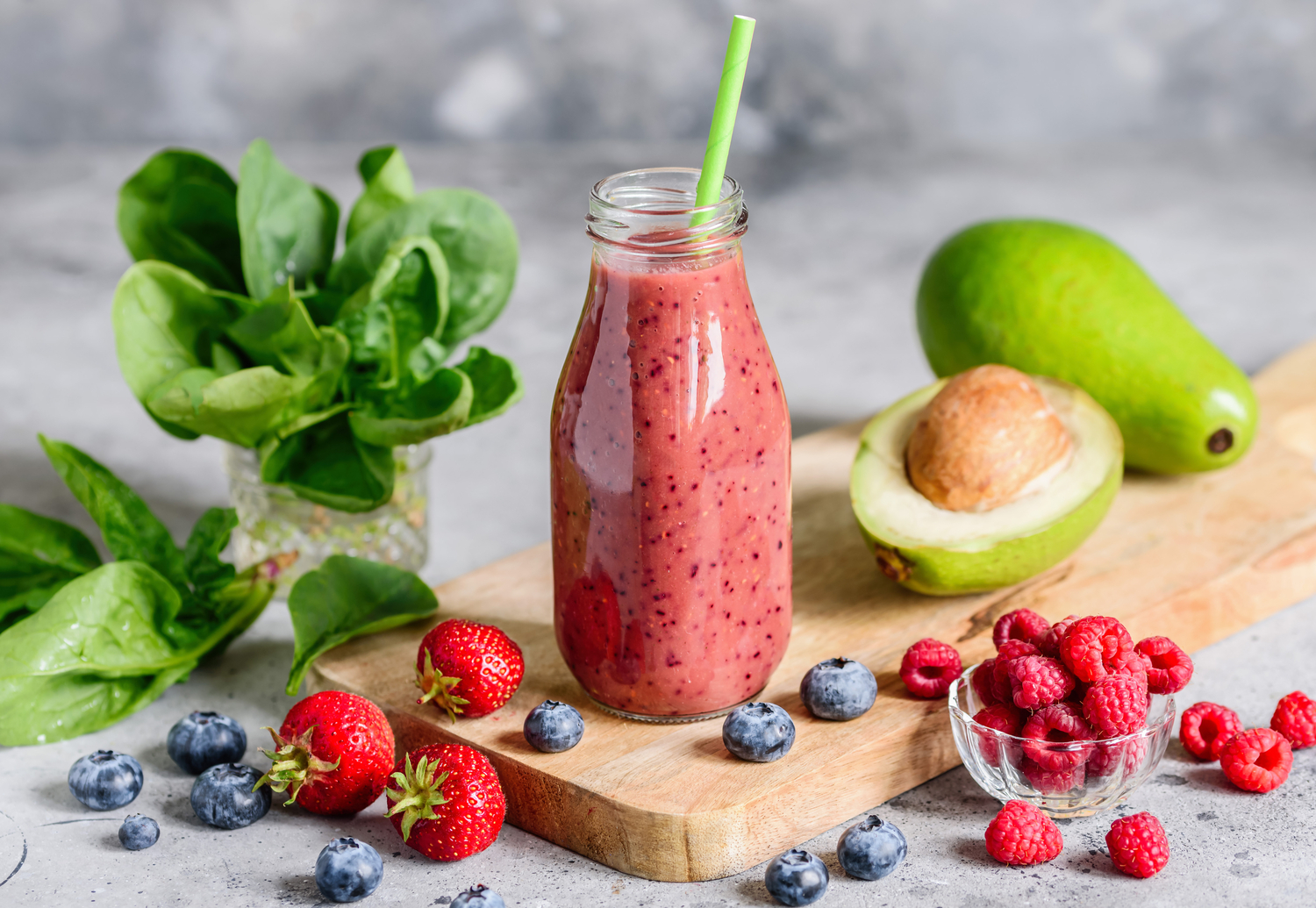Iron-rich Meal Plan for Managing Anemia
Anemia is a health condition where the body does not have sufficient red blood cells (RBCs) that carry oxygen from the lungs to other regions. It can result from many factors, but iron deficiency is among the leading causes. Iron is required to produce a vital RBC component known as hemoglobin. Thankfully, the disease is treatable. One of the best ways to manage anemia is to follow an iron-rich diet plan.

How much iron do you need?
The recommended average daily intake of iron is 10 mg for men and 12 mg for women. However, it can vary depending on the person’s age or if a woman is pregnant or lactating. Excess iron is also harmful and can lead to other health problems.
Is there a simple iron-rich diet plan for anemia?
Meal plans for anemia consist of foods rich in iron and other nutrients that help those with the condition. The following are a few quick and easy recipes for breakfast, lunch, dinner, and snacks:
Breakfast: Blueberry and spinach smoothie
Blueberries and spinach are high in iron. Spinach is also rich in vitamin C, which helps with iron absorption. A smoothie using these is a quick and energizing breakfast option. Apart from spinach leaves and frozen blueberries, the other ingredients for this recipe are rolled oats, oat milk, and maple syrup.
Once you get all the ingredients, blend them in a blender, and this tasty iron-rich breakfast is ready! Ensure everything is well-combined. Apart from this smoothie, a bowl of dried-fruit oatmeal, scrambled eggs with spinach and tomatoes, and iron-fortified orange juice are suitable for breakfast.
Lunch: Fried rice with scrambled eggs and veggies
This is a protein and iron-packed lunch for those with anemia. The ingredients are readily available, and you can also customize the recipe using your choice of green vegetables and nuts. The ingredients include cooked rice, baby spinach leaves, collard greens, scrambled eggs, mixed nuts, and condiments like salt and pepper.
Add some olive oil to a pan, roast the nuts, and keep them aside. Then saute the greens in the pan. You can add onion and garlic at this point if you wish. Once done, drop in the scrambled eggs, cooked rice, and nuts and mix everything. Add salt, pepper, and other condiments as per preference.
Dinner: Butternut squash chili with yogurt and black beans
This is a wholesome dinner option to include in the anemia diet plan. While butternut squash and black beans are rich sources of iron, yogurt has other necessary health benefits. Apart from the three ingredients, you will need garlic, onion, tomatoes, vegetable broth, and condiments like ground cinnamon, chili powder, and ground cumin seeds.
Heat some oil in a pot and add garlic, onion, and salt. Then stir for four to six minutes or until the onions start turning brown. Add chili powder, cumin seeds, and cinnamon and mix to coat evenly. Now add the broth and squash and cook on medium-low heat. Add black beans and tomatoes once the squash is tender and cook for five to seven minutes until the entire mix thickens. Serve with yogurt.
Snack: Hard-boiled eggs
Snacks must be included in a meal plan for low iron. Besides helping with anemia, iron-rich snacks provide an instant dose of energy and keep hunger pangs at bay. A couple of hard-boiled eggs sprinkled with salt and pepper are sufficient. If you want something instant, consider adding dried pumpkin seed kernels or fruits like figs and dates to your iron-rich diet plan for anemia.
What are the best sources of iron?
The following are a few foods with excellent quantities of iron. Some also have nutrients like vitamin C that aid in iron absorption and provide other benefits. You can use these in recipes of your own:
Leafy greens
Greens like spinach, kale, collard greens, dandelion greens, and Swiss chard are rich sources of non-heme iron. Spinach and collard greens, in particular, also have folate. A lack of it can lead to another type of anemia known as folate-deficiency anemia.
Meat and poultry
Heme iron is another beneficial iron found in animal-based foods, especially organ meat like liver, kidney, heart, and beef tongue. Specific red meats like pork are also helpful, but smaller quantities are advisable.
Fish
Shellfish like clams, oysters, and crabs can be included in an iron-rich diet plan for anemia. Tuna, salmon, and mackerel are also suitable. Apart from being rich in iron, these are high in protein and low in fat, making them healthy.
Fortified items
Ready-to-eat cereals, white bread, and pasta provide iron, while vitamin C in freshly squeezed orange juice aids in its absorption. Fortified foods are suitable for those who are vegetarian or if fish and meat are not readily available.
Beans
Soybeans, kidney beans, chickpeas, and black-eyed beans are among the best to include in the meal plan for low iron. They also have protein and antioxidants that help keep other health conditions at bay.
Apart from the given options, ensure to include a variety of other foods so that your body gets all the necessary nutrients. You can also consult a doctor to work out a suitable anemia diet plan.